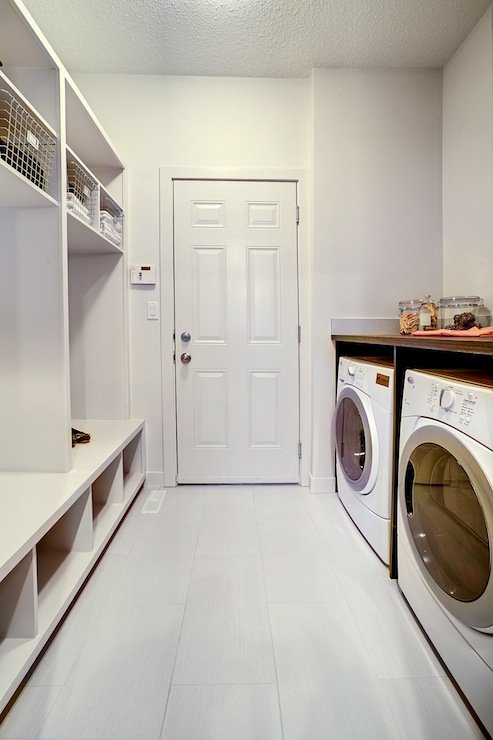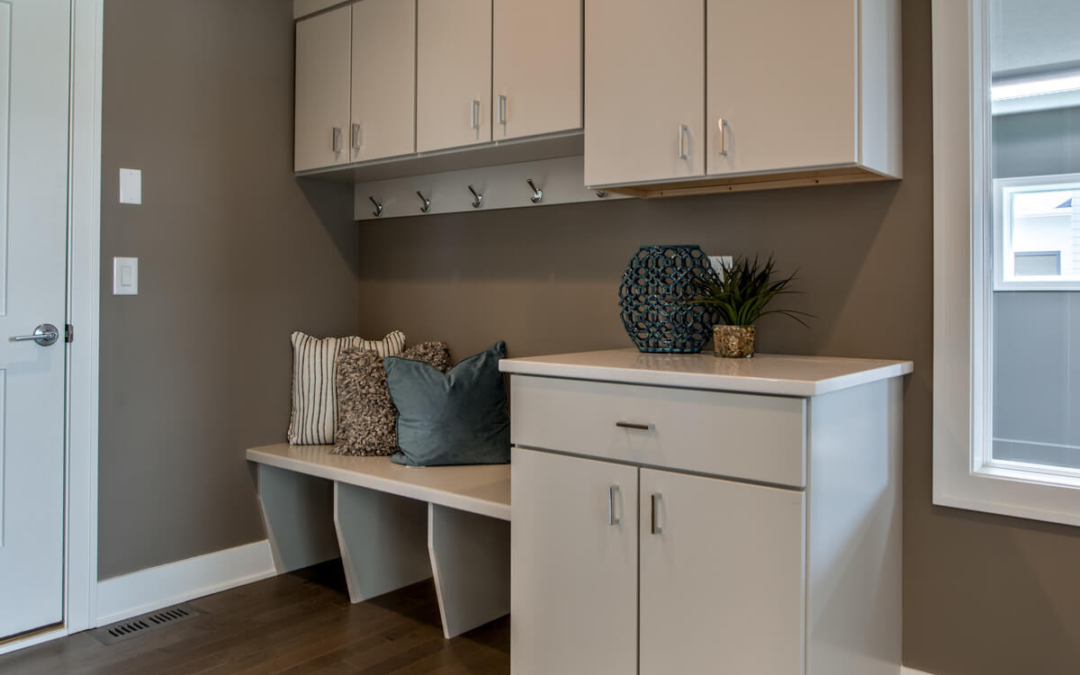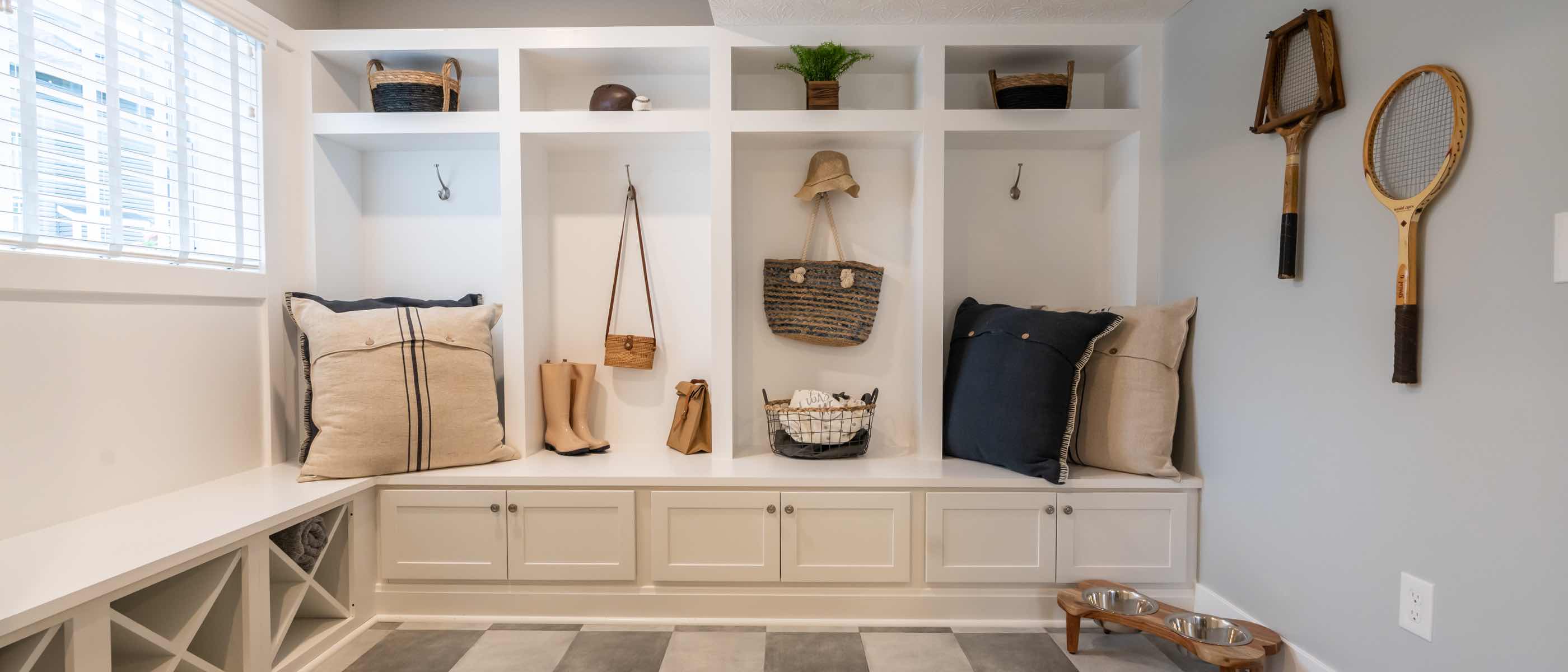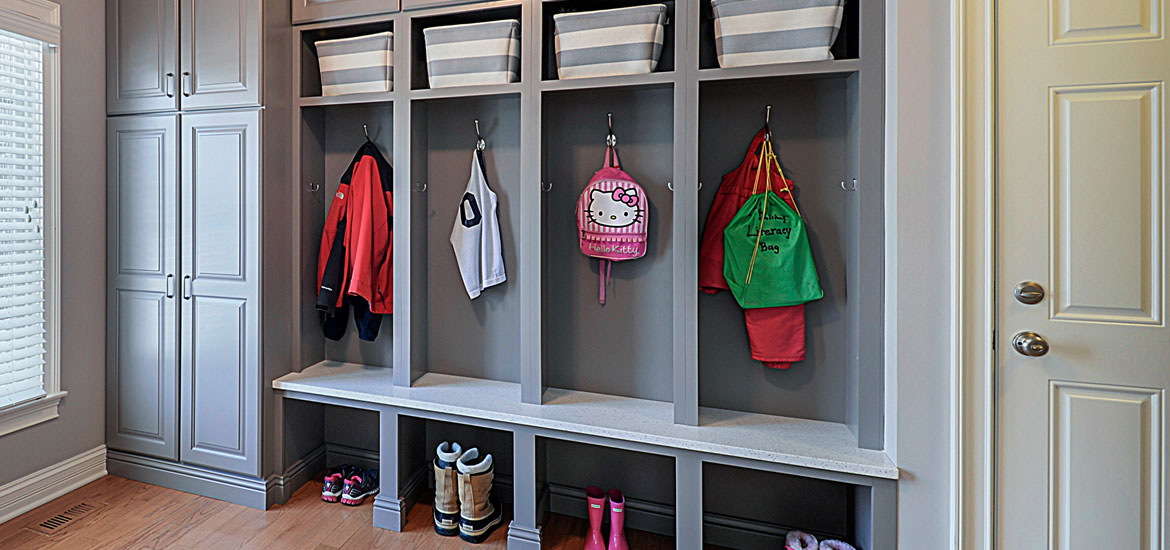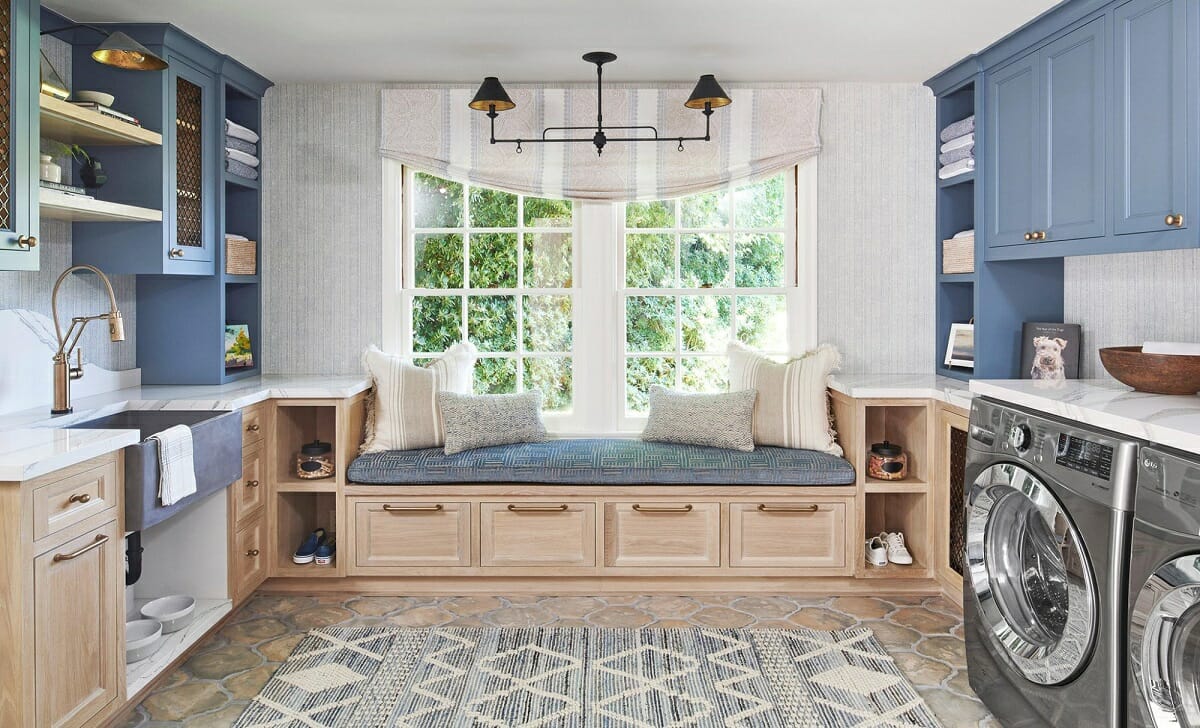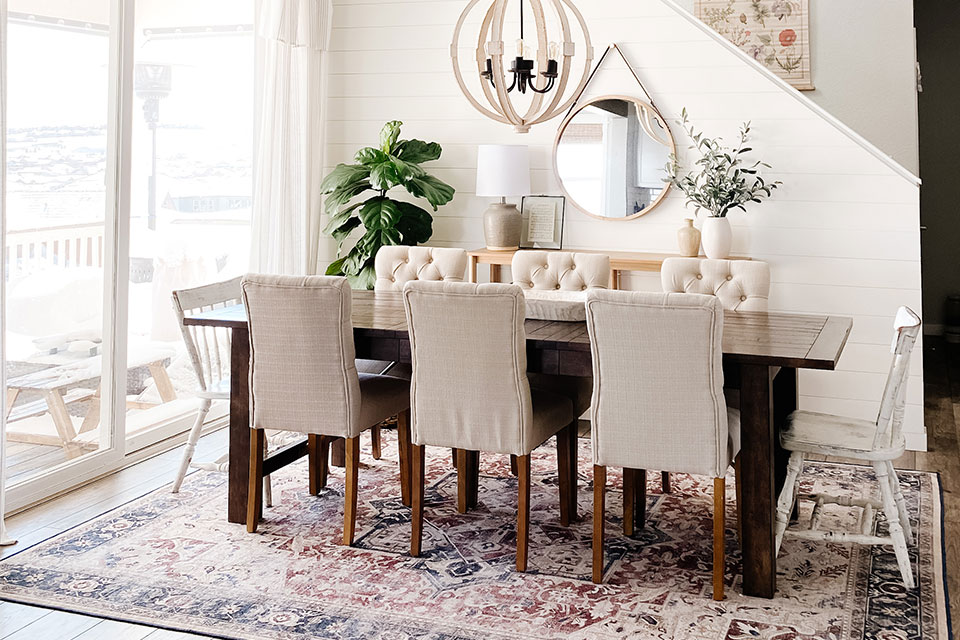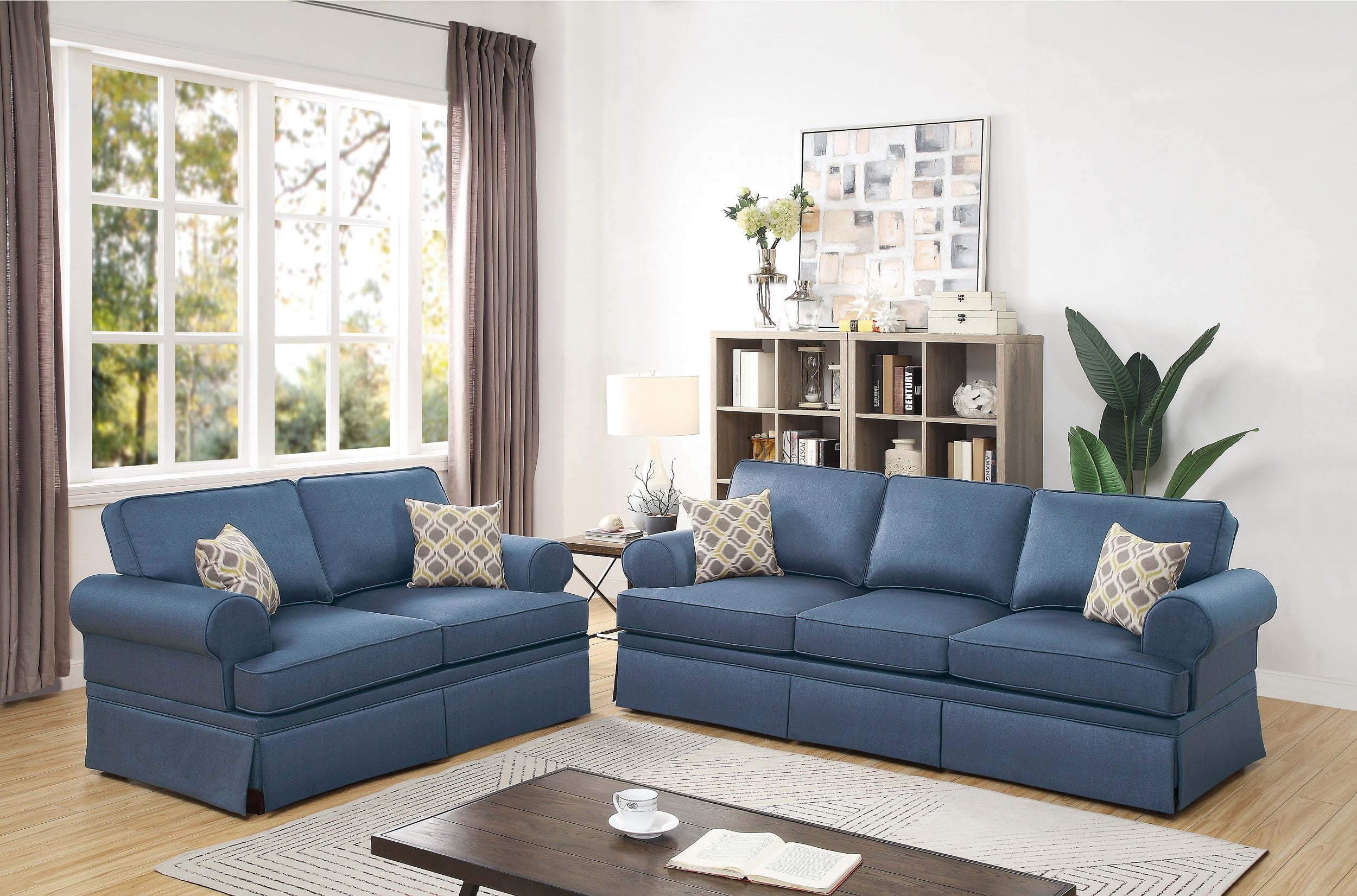Convert Dining Room to Mudroom: 10 Tips for a Successful Transformation
Are you tired of your dining room being a cluttered mess? Do you find yourself constantly tripping over shoes and backpacks on your way to the kitchen? It may be time to consider converting your unused dining room into a functional mudroom. Here are 10 tips for a successful transformation that will not only add organization to your home, but also increase its value.
How to Convert a Dining Room into a Functional Mudroom
The first step in converting your dining room into a mudroom is to declutter and clear out the space. Donate or sell any furniture and decor that you no longer need or use. This will make it easier to visualize the new layout for your mudroom.
Next, determine your storage needs and budget. Will you need hooks for coats and bags, shelves for shoes, or cabinets for extra storage? Consider used furniture or DIY projects to save money. You can also repurpose existing furniture from your dining room, such as a sideboard or buffet, for storage in your new mudroom.
Converting Your Dining Room into a Mudroom: What You Need to Know
One key element to keep in mind when converting a dining room into a mudroom is functionality. A mudroom is a high-traffic area where things are constantly coming in and out, so it needs to be designed with durability and practicality in mind.
Choose materials that can withstand dirt, moisture, and heavy use. Tile, vinyl, or laminate flooring are great options for a mudroom. If you have carpet in your dining room, you may want to replace it with a more durable material.
From Dining Room to Mudroom: A Step-by-Step Guide
Step 1: Remove any existing carpet or flooring that is not suitable for a mudroom.
Step 2: Install new flooring. This is also a good time to install any built-in storage, such as cabinets or shelves.
Step 3: Paint the walls a neutral color for a clean and bright look. Consider adding a pop of color with a bold accent wall.
Step 4: Install hooks and shelves for storage. You can also add a bench for seating and extra storage.
Step 5: Accessorize with baskets, bins, and trays to keep your mudroom organized and clutter-free.
Maximizing Space: Converting Your Dining Room into a Mudroom
If your dining room is on the smaller side, you may be wondering how to make the most of the space when converting it into a mudroom. One way to maximize space is to utilize vertical storage options. Install hooks and shelves on the walls, and consider using a hanging shoe organizer on the back of the door.
You can also opt for furniture that serves multiple purposes, such as a bench with built-in storage or a coat rack with a shelf for shoes.
Transforming Your Dining Room into a Mudroom: Dos and Don'ts
DO: Utilize lighting to brighten up the space and make it feel more inviting. Consider adding a chandelier or pendant lights for a touch of elegance.
DO: Add a mirror to make the space appear larger and to provide a place for last-minute outfit checks before heading out the door.
DO: Incorporate personal touches such as family photos or a welcome sign to make the mudroom feel more like a part of your home.
DON'T: Neglect proper ventilation. A mudroom can quickly become a smelly and stuffy space, so make sure to install proper ventilation to keep the air circulating.
DON'T: Overcrowd the space. Remember, functionality is key in a mudroom, so make sure to leave enough room for easy movement and organization.
Creating a Mudroom from Your Unused Dining Room: Ideas and Inspiration
If you're in need of some inspiration for your dining room to mudroom conversion, here are a few ideas to get you started:
- Use a sliding door to separate the mudroom from the rest of the house, providing a sleek and modern look while also saving space.
- Install a pet station for your furry friends, complete with hooks for leashes and a bin for toys.
- Incorporate a drop zone for mail, keys, and other everyday items to keep them organized and easily accessible.
Converting Your Dining Room into a Mudroom: Budget-Friendly Options
Converting your dining room into a mudroom doesn't have to break the bank. Here are a few budget-friendly options to consider:
- Use repurposed or DIY furniture for storage, such as an old dresser or bookshelf.
- Shop secondhand for hooks, baskets, and other storage items.
- Paint old furniture or cabinets for a fresh new look instead of buying new ones.
5 Must-Have Features for a Functional Mudroom in Your Former Dining Room
If you want to ensure a successful conversion of your dining room into a mudroom, make sure to include these 5 must-have features:
1. Storage: Hooks, shelves, cabinets, and baskets are essential for keeping your mudroom organized and clutter-free.
2. Seating: A bench or chair provides a place to sit while putting on or taking off shoes.
3. Lighting: Brighten up the space with proper lighting, such as overhead lights, lamps, or natural light from a window.
4. Durable Flooring: Choose a flooring material that can withstand heavy use and is easy to clean.
5. Personal Touches: Make the space feel more like a part of your home with personal touches, such as photos or decor.
Before and After: Stunning Dining Room to Mudroom Conversions
Still not sure if converting your dining room into a mudroom is the right choice for you? Take a look at these stunning before and after transformations for some inspiration:
- A small, unused dining room was transformed into a functional mudroom with built-in storage and a bench for seating.
- An outdated and cluttered dining room was turned into a modern and organized mudroom with a sliding door for separation and a pet station for furry friends.
- A large dining room with minimal storage was converted into a spacious mudroom with plenty of hooks, shelves, and cabinets for storage.
Converting your dining room into a mudroom may seem like a daunting task, but with these tips and ideas, you can create a functional and organized space that will add value to your home. Just remember to keep functionality and your budget in mind, and don't be afraid to get creative with your design. Happy transforming!
Maximizing Space and Functionality: How to Convert Your Dining Room into a Mudroom

Why Convert Your Dining Room into a Mudroom?
 Converting your dining room into a mudroom may seem like a daunting task, but it can be a wise decision for many homeowners. The dining room is often a space that is underutilized and reserved for special occasions, while a mudroom is a highly functional and essential part of any home. By repurposing this space, you can create a more efficient and organized home while also adding value to your property.
Increased Storage Space:
One of the main advantages of converting your dining room into a mudroom is the added storage space. A dining room typically consists of a table and chairs, with limited storage options. On the other hand, a mudroom is designed to store and organize items such as coats, shoes, and bags. By transforming your dining room into a mudroom, you can take advantage of the existing space and add shelves, cabinets, and hooks to keep your entryway clutter-free.
Better Functionality:
A mudroom is a functional space that serves as the main entrance to your home. It is where you can store your outdoor gear, such as umbrellas, raincoats, and boots, as well as items you need to grab on your way out, such as keys and wallets. By converting your dining room into a mudroom, you can create a designated area for all these items, making it easier to grab them on your way out without having to search through different closets or rooms.
Improved Home Value:
Converting your dining room into a mudroom can also add value to your home. Mudrooms are highly sought after by homebuyers, as they offer functionality and organization. By creating a well-designed mudroom, you can attract potential buyers and increase the overall value of your property.
Converting your dining room into a mudroom may seem like a daunting task, but it can be a wise decision for many homeowners. The dining room is often a space that is underutilized and reserved for special occasions, while a mudroom is a highly functional and essential part of any home. By repurposing this space, you can create a more efficient and organized home while also adding value to your property.
Increased Storage Space:
One of the main advantages of converting your dining room into a mudroom is the added storage space. A dining room typically consists of a table and chairs, with limited storage options. On the other hand, a mudroom is designed to store and organize items such as coats, shoes, and bags. By transforming your dining room into a mudroom, you can take advantage of the existing space and add shelves, cabinets, and hooks to keep your entryway clutter-free.
Better Functionality:
A mudroom is a functional space that serves as the main entrance to your home. It is where you can store your outdoor gear, such as umbrellas, raincoats, and boots, as well as items you need to grab on your way out, such as keys and wallets. By converting your dining room into a mudroom, you can create a designated area for all these items, making it easier to grab them on your way out without having to search through different closets or rooms.
Improved Home Value:
Converting your dining room into a mudroom can also add value to your home. Mudrooms are highly sought after by homebuyers, as they offer functionality and organization. By creating a well-designed mudroom, you can attract potential buyers and increase the overall value of your property.
How to Convert Your Dining Room into a Mudroom
 Converting your dining room into a mudroom may require some planning and a bit of work, but the end result will be a functional and organized space that you and your family can benefit from. Here are some steps to follow when transforming your dining room into a mudroom:
1. Clear Out the Space:
The first step is to completely clear out your dining room. Remove all furniture, decorations, and any other items that are currently stored in the space.
2. Assess Your Needs:
Before starting the conversion process, it's important to assess your needs and determine what you want in your mudroom. Consider the items you need to store, how much storage space you require, and the overall look and feel you want to achieve.
3. Install Storage Solutions:
Once you have a clear idea of what you need, it's time to install storage solutions. This may include adding shelves, cabinets, and hooks for hanging coats and bags. You can also incorporate a bench for seating and shoe storage.
4. Add Functional Elements:
To make your mudroom even more functional, consider adding elements such as a rug or mat to catch dirt and debris, a coat rack, and a mail organizer.
5. Decorate and Personalize:
The final step is to decorate and personalize your mudroom. Add some decor elements such as plants or wall art to make the space more inviting. You can also incorporate a color scheme that matches the rest of your home.
Converting your dining room into a mudroom may require some planning and a bit of work, but the end result will be a functional and organized space that you and your family can benefit from. Here are some steps to follow when transforming your dining room into a mudroom:
1. Clear Out the Space:
The first step is to completely clear out your dining room. Remove all furniture, decorations, and any other items that are currently stored in the space.
2. Assess Your Needs:
Before starting the conversion process, it's important to assess your needs and determine what you want in your mudroom. Consider the items you need to store, how much storage space you require, and the overall look and feel you want to achieve.
3. Install Storage Solutions:
Once you have a clear idea of what you need, it's time to install storage solutions. This may include adding shelves, cabinets, and hooks for hanging coats and bags. You can also incorporate a bench for seating and shoe storage.
4. Add Functional Elements:
To make your mudroom even more functional, consider adding elements such as a rug or mat to catch dirt and debris, a coat rack, and a mail organizer.
5. Decorate and Personalize:
The final step is to decorate and personalize your mudroom. Add some decor elements such as plants or wall art to make the space more inviting. You can also incorporate a color scheme that matches the rest of your home.
Conclusion
 In conclusion, converting your dining room into a mudroom is a smart decision that can bring multiple benefits to your home. By maximizing space and functionality, you can create a well-organized and highly functional entryway that adds value to your property. With careful planning and the right design elements, your dining room can easily be transformed into a stylish and practical mudroom.
In conclusion, converting your dining room into a mudroom is a smart decision that can bring multiple benefits to your home. By maximizing space and functionality, you can create a well-organized and highly functional entryway that adds value to your property. With careful planning and the right design elements, your dining room can easily be transformed into a stylish and practical mudroom.



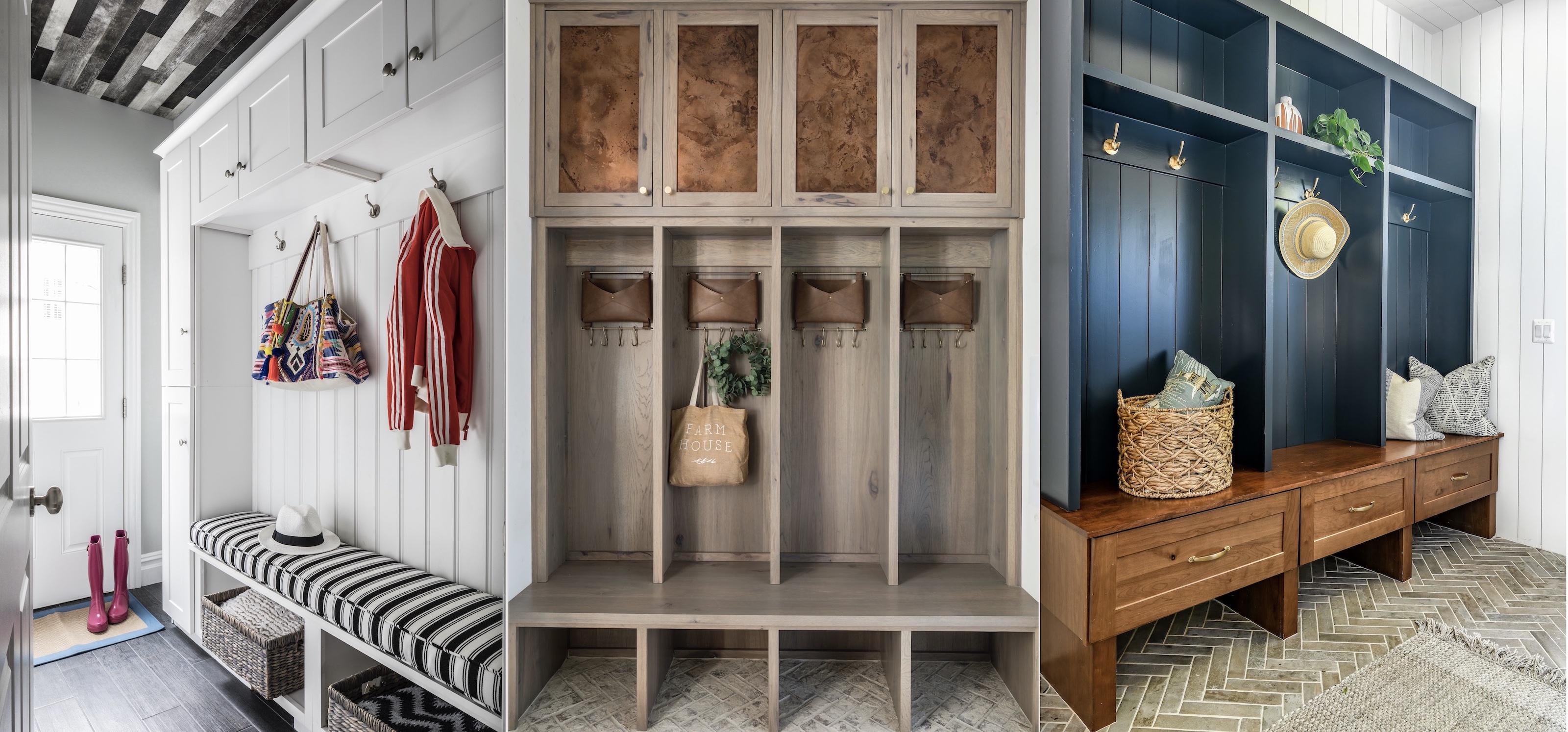






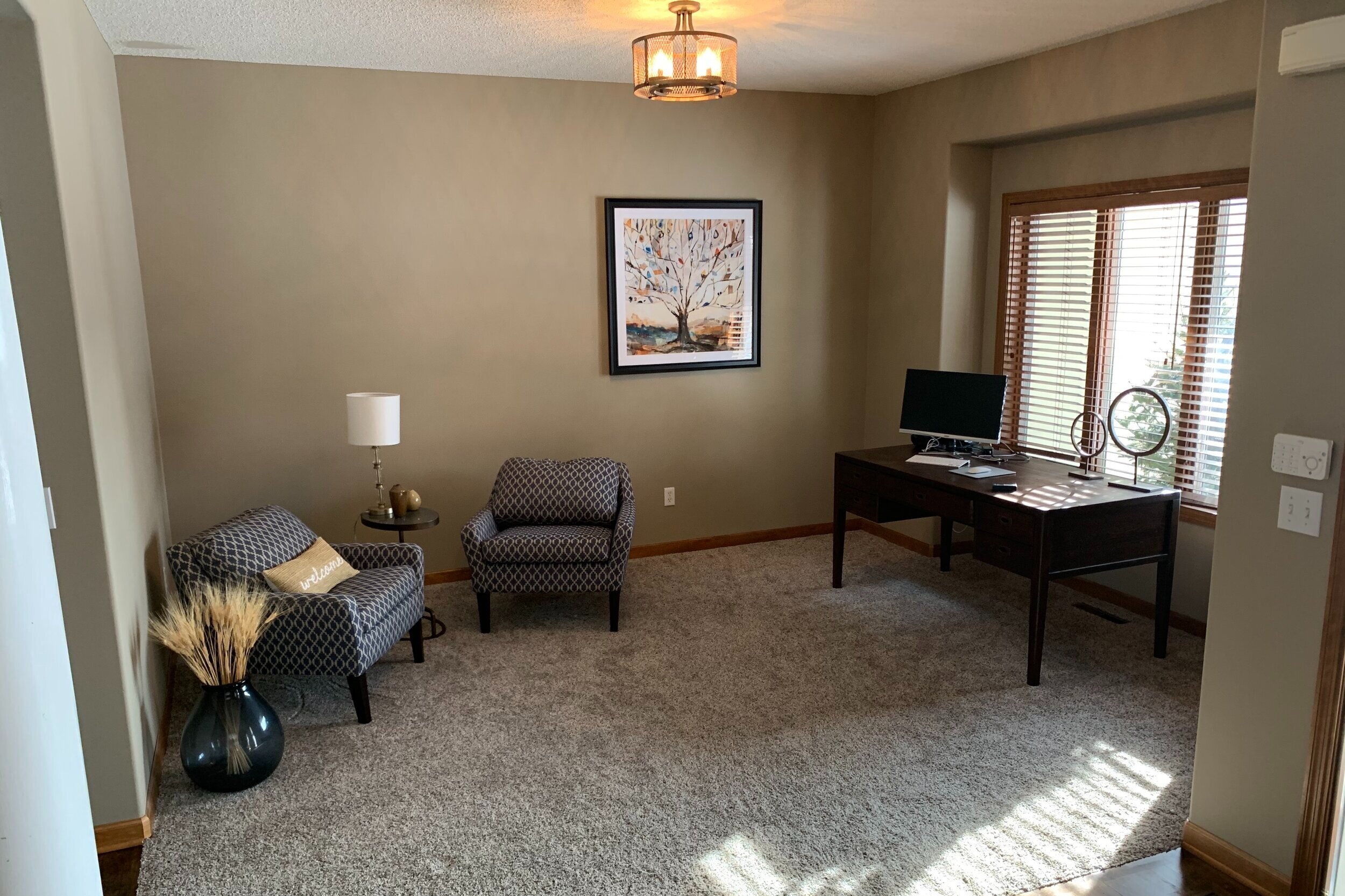

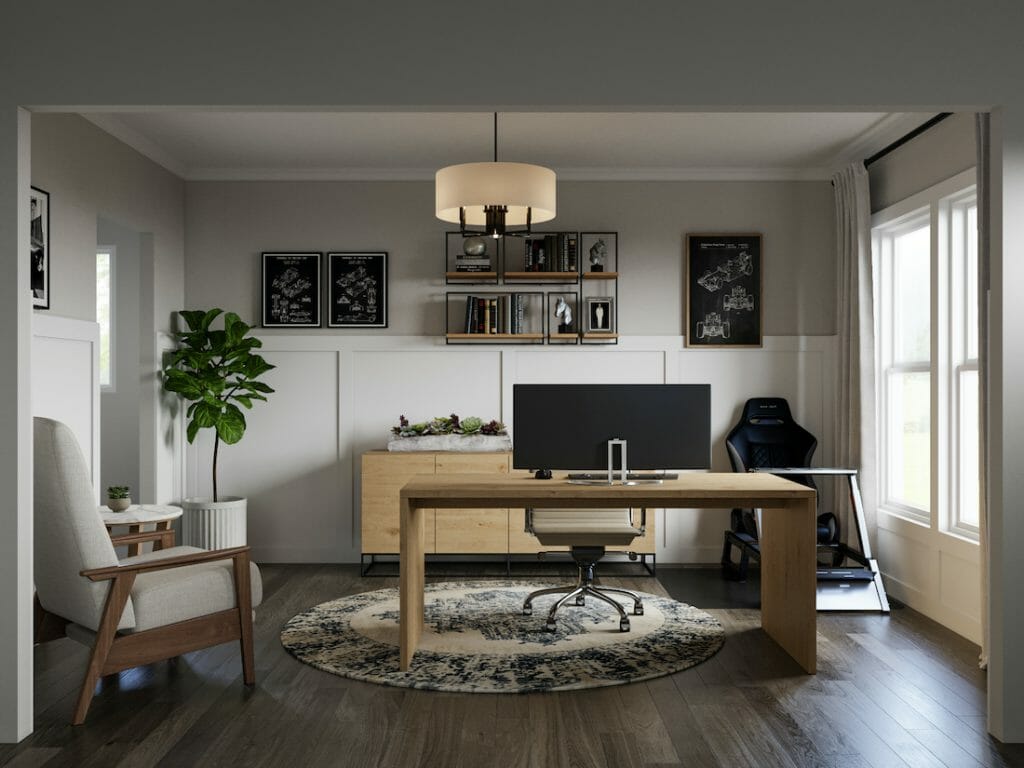










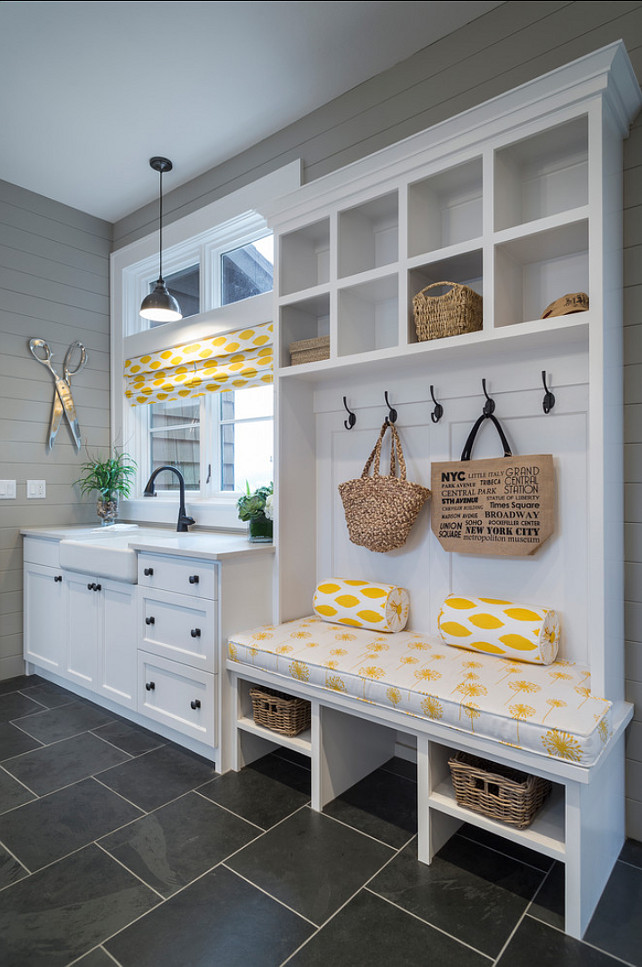


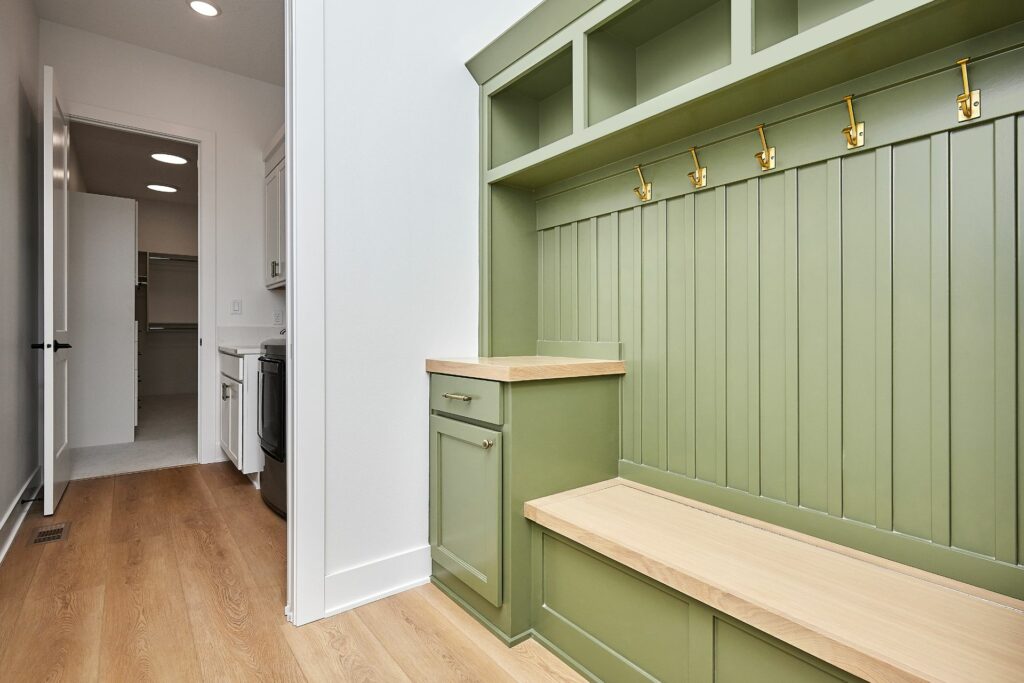


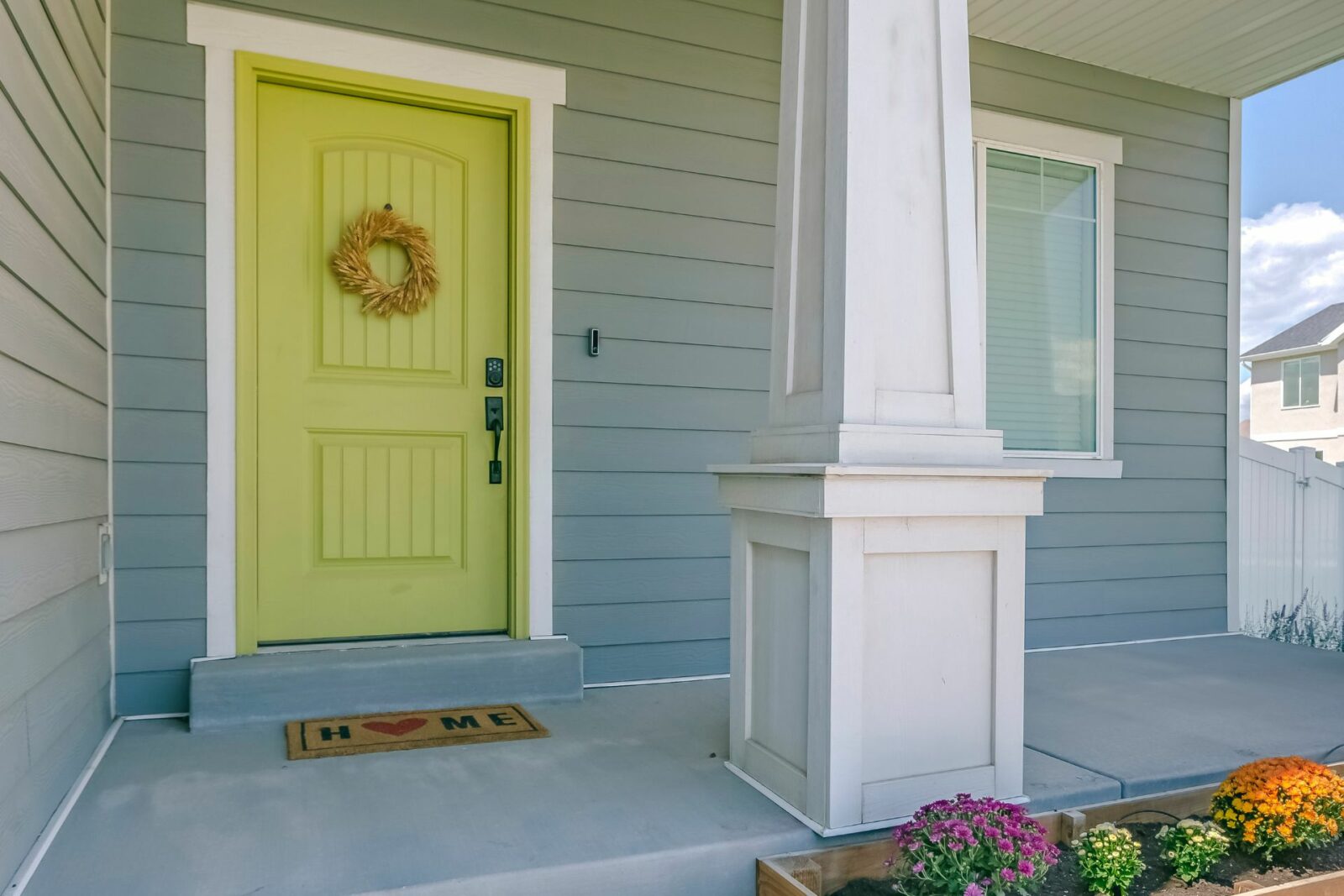







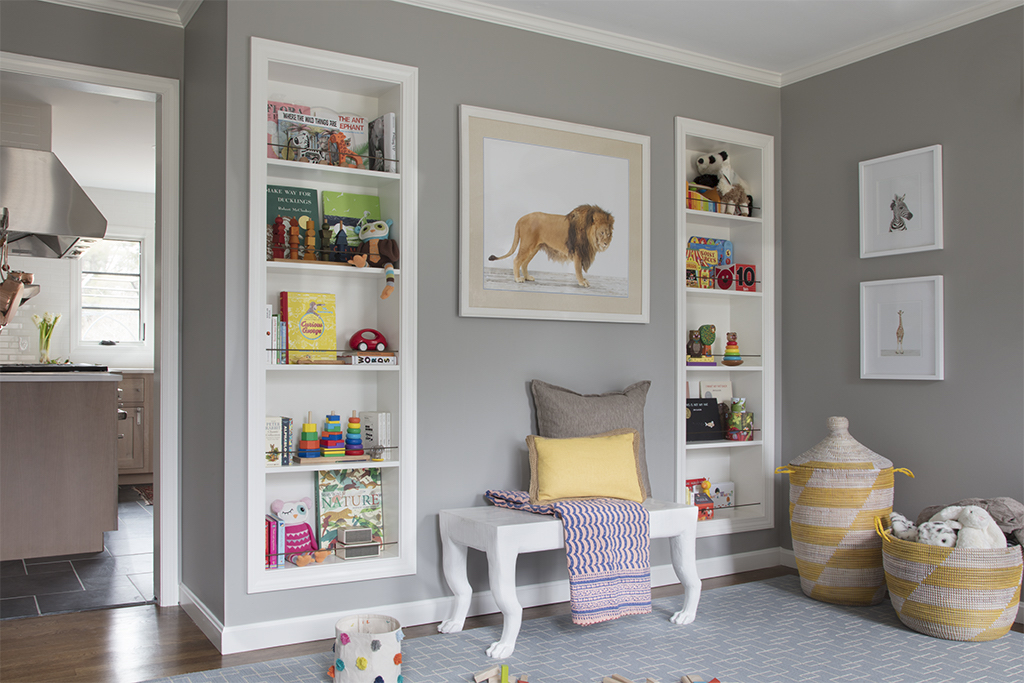








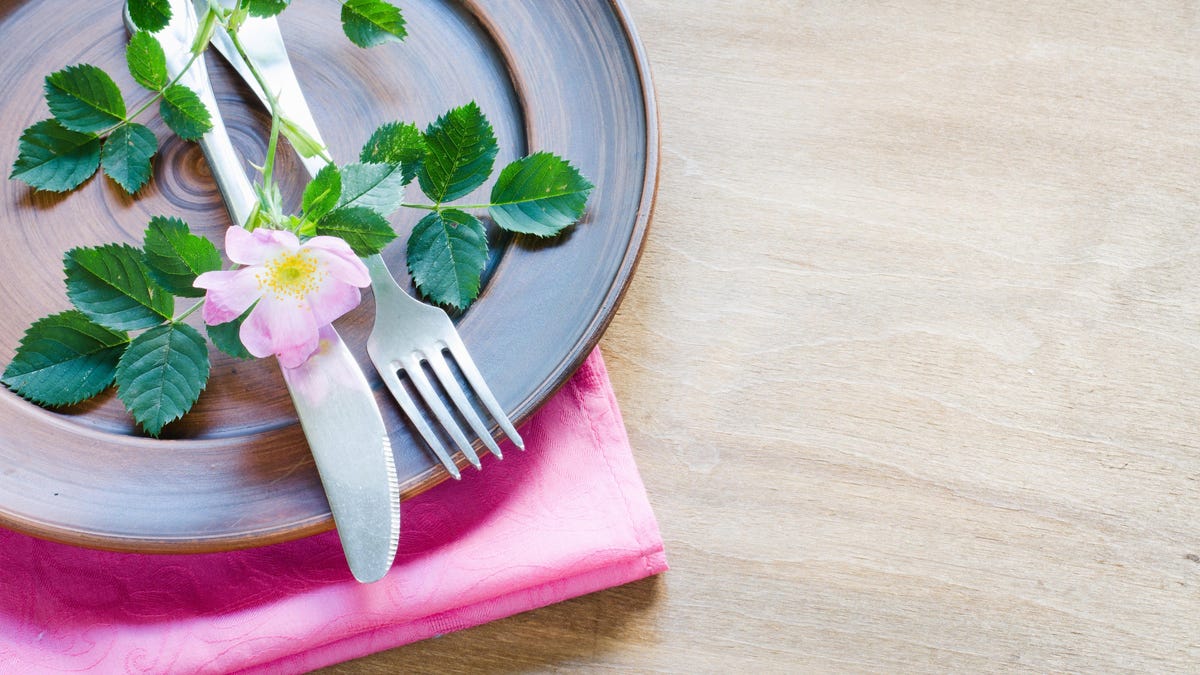

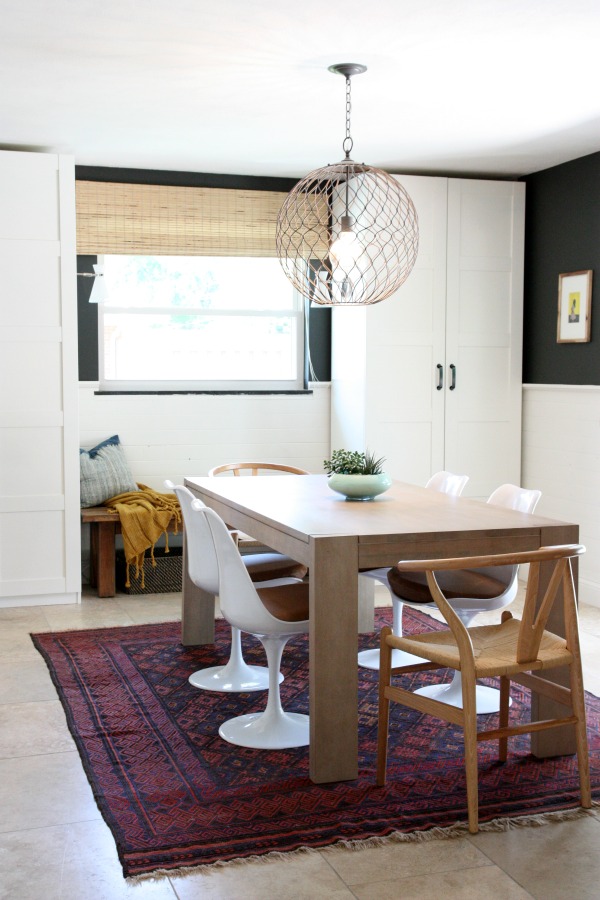

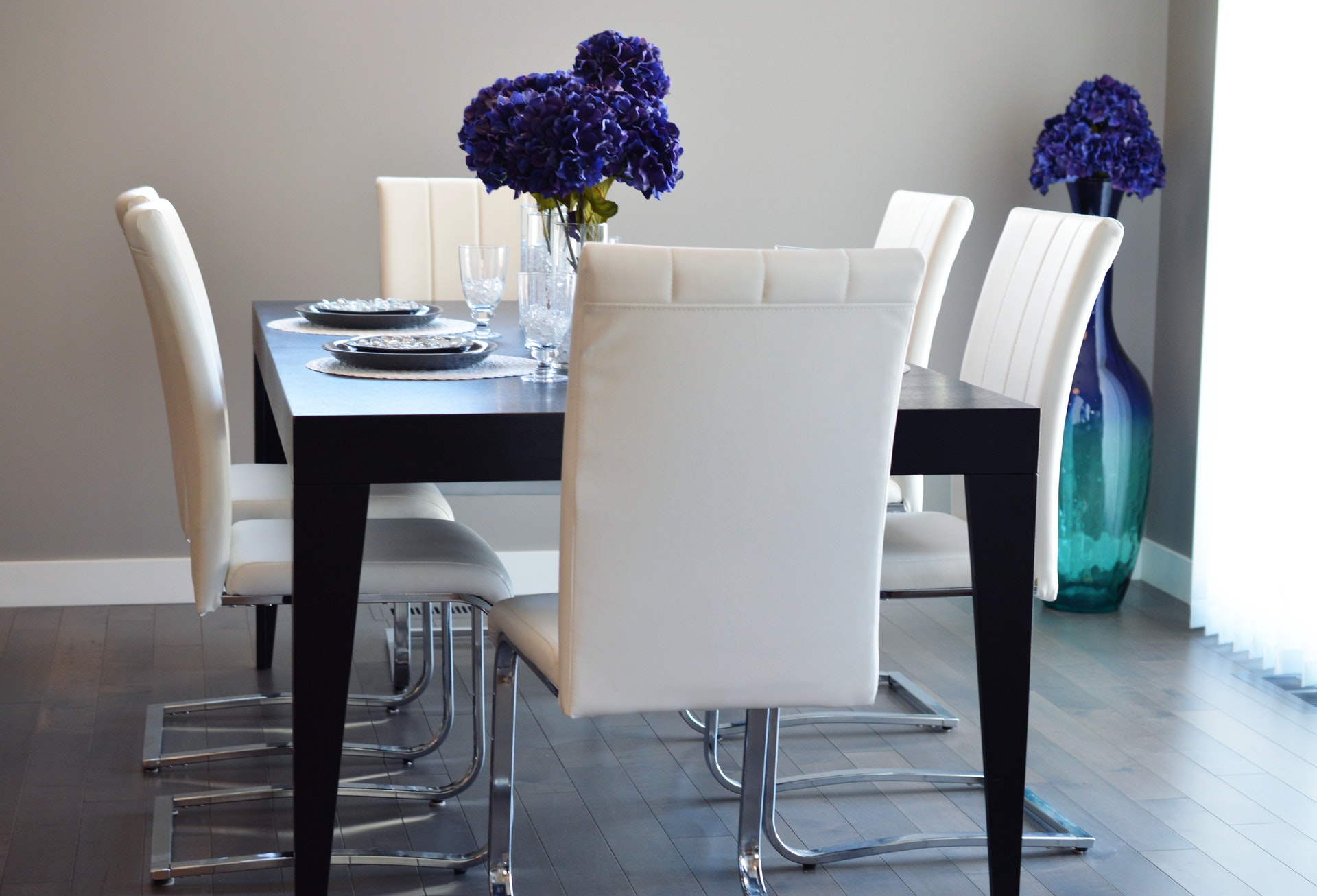
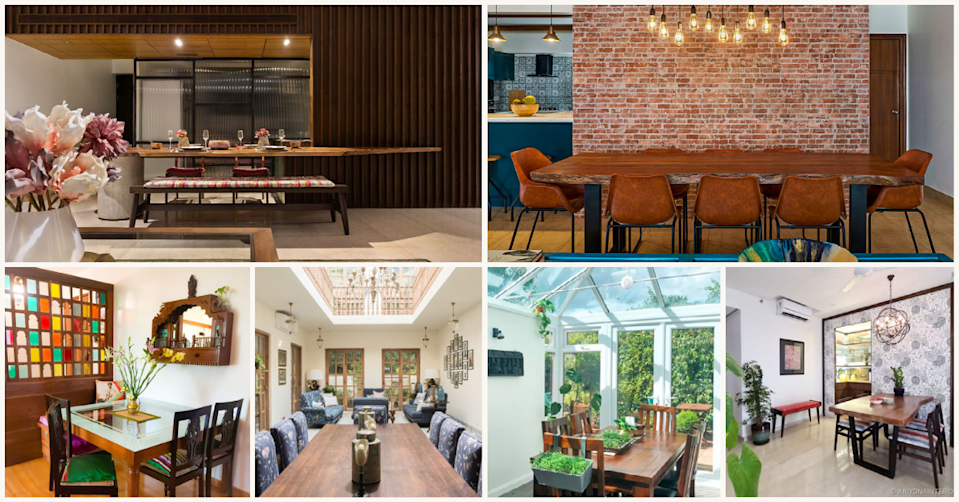
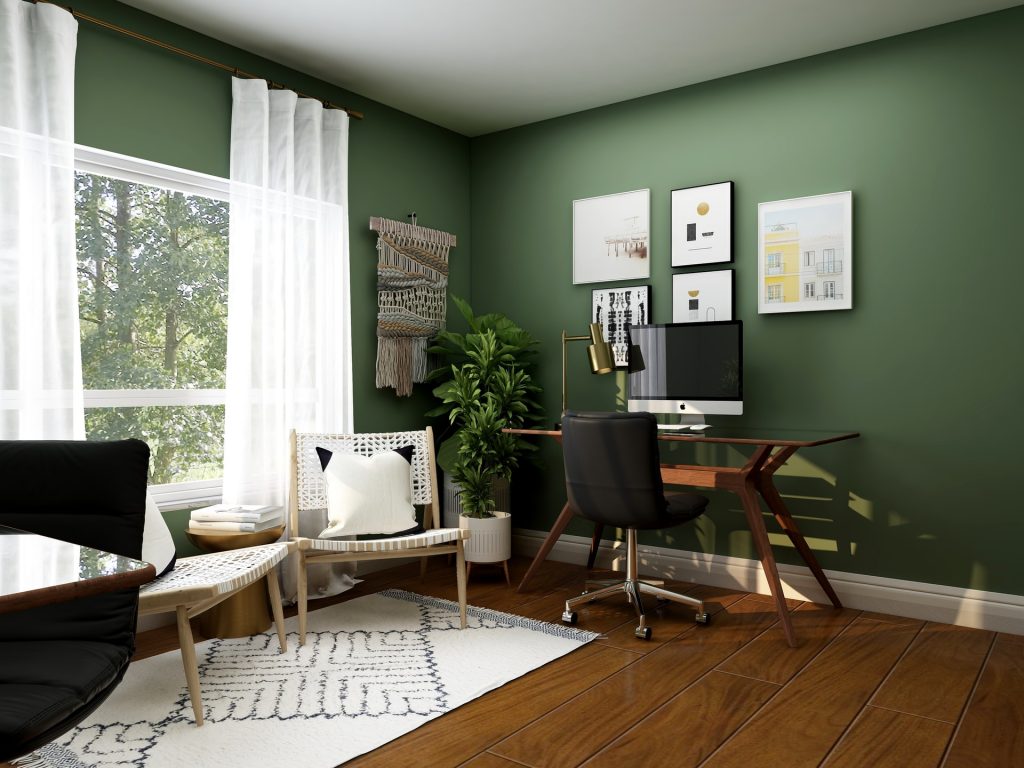

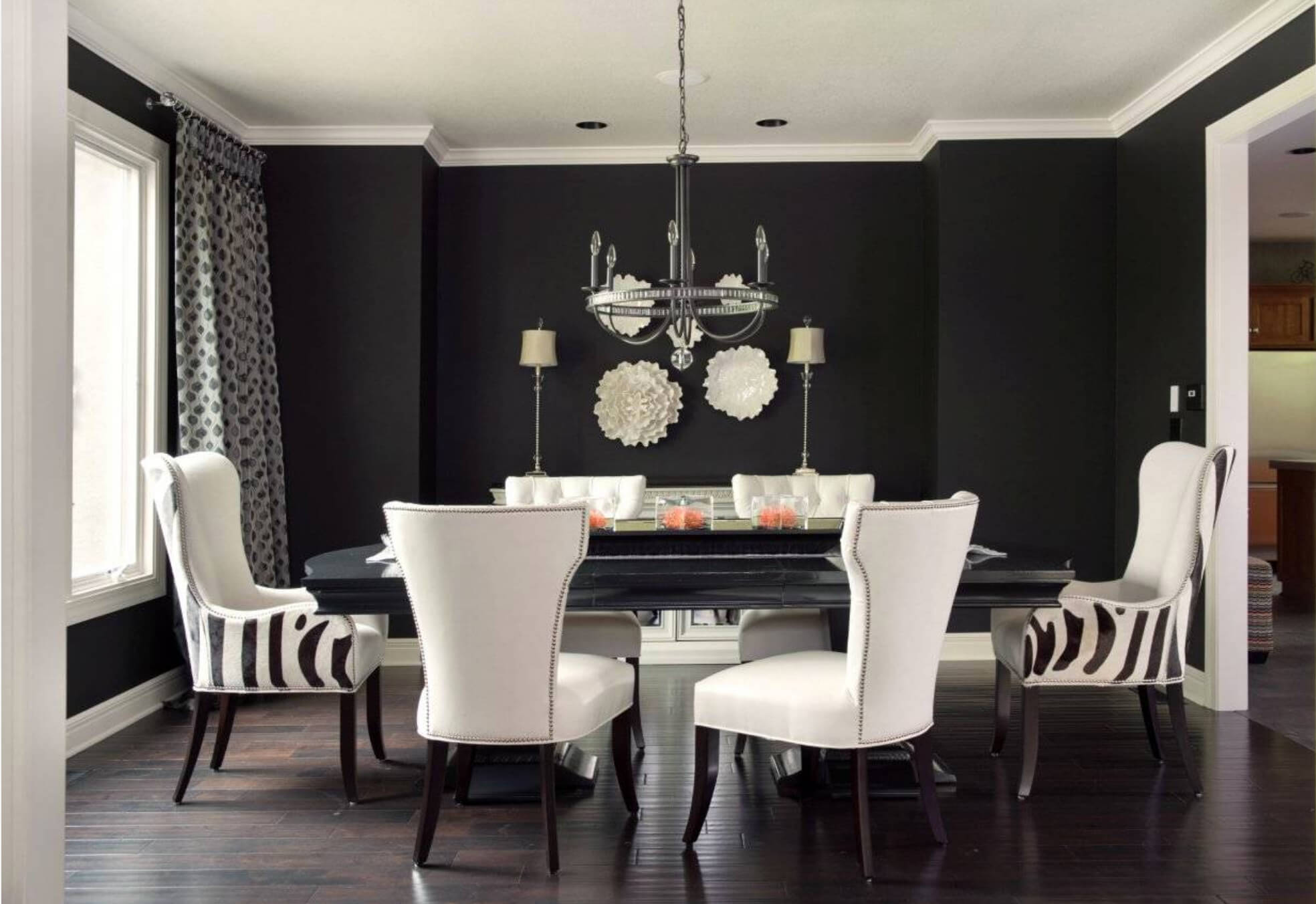

/cdn.vox-cdn.com/uploads/chorus_image/image/67370085/Millhaven_86.0.jpg)


